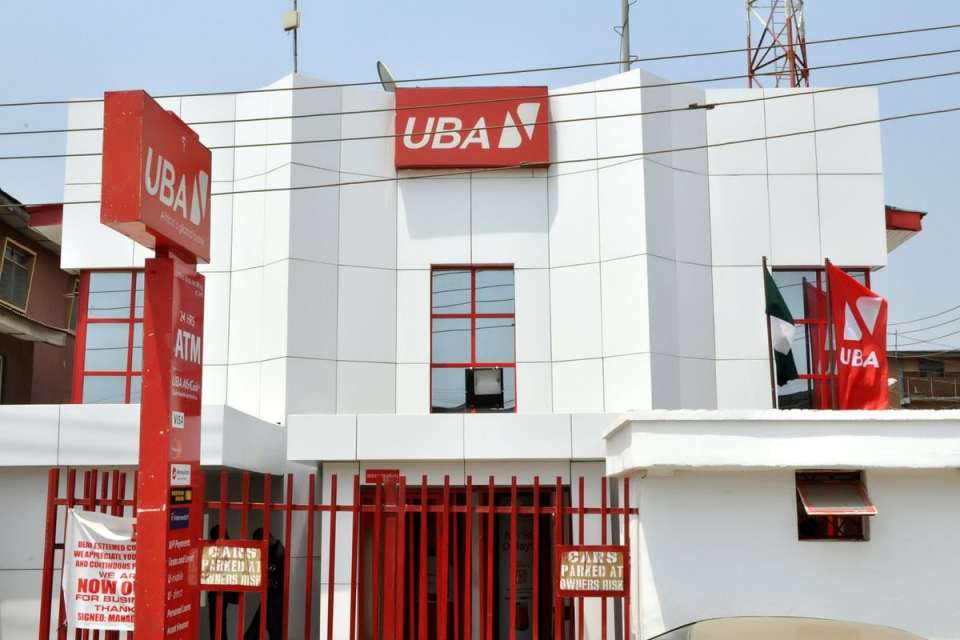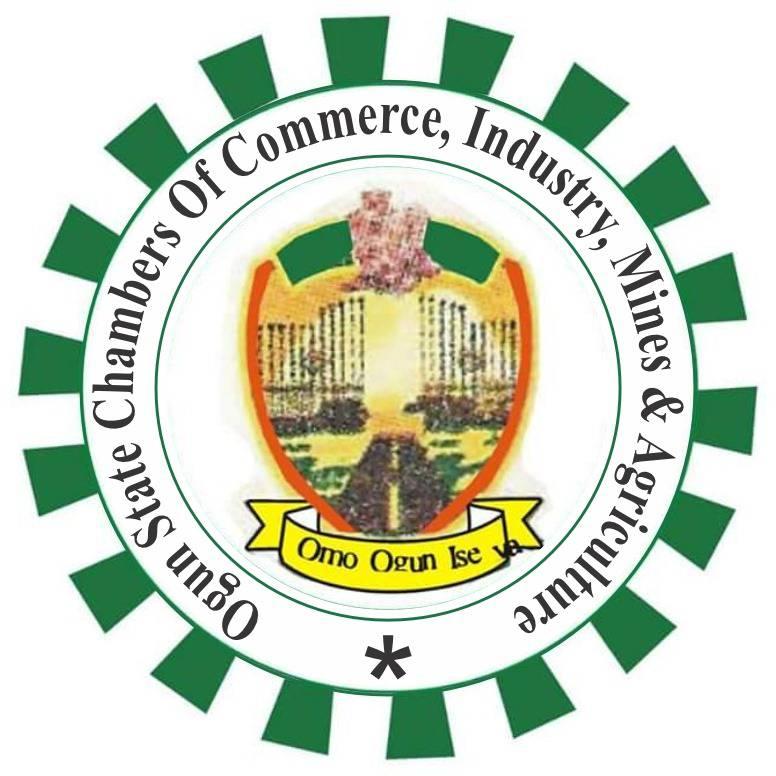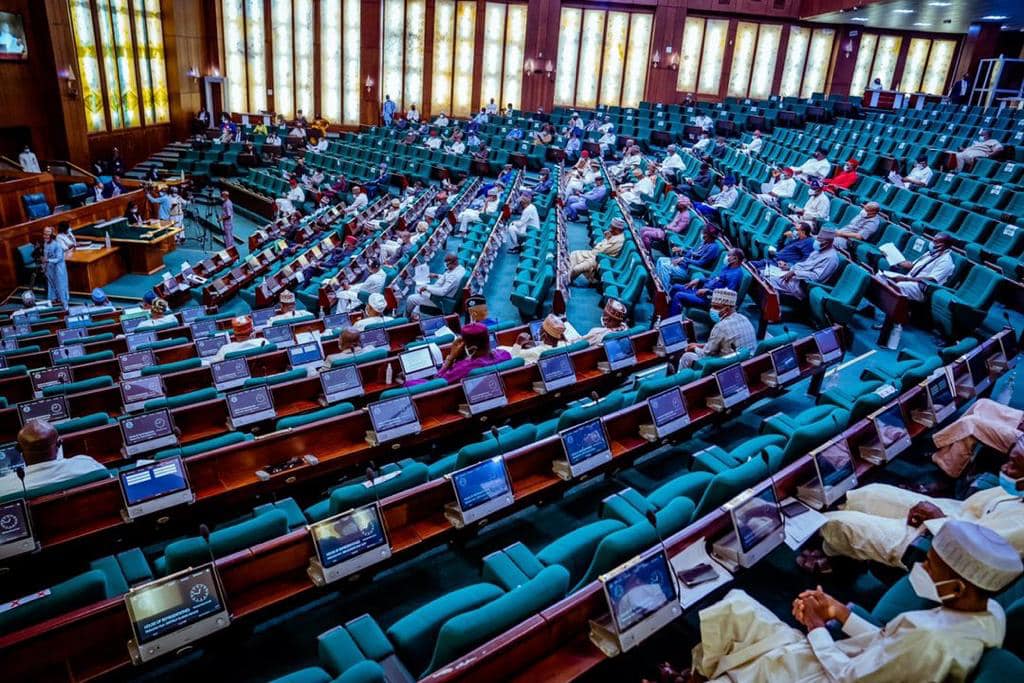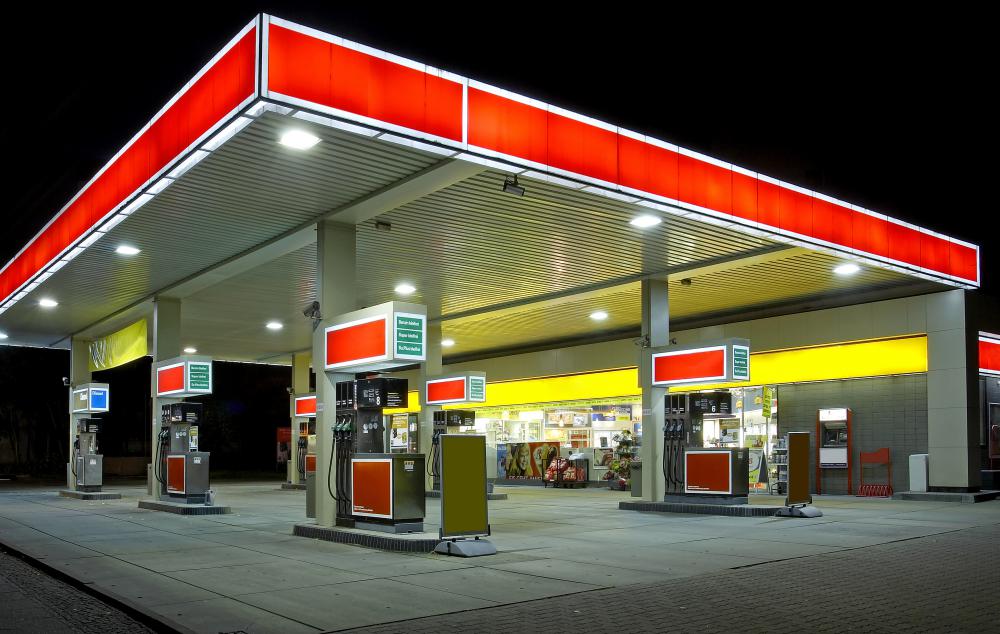Economy
Stock Analysis: UBA Plc, Upward Revision to 2017F Estimates; BUY

In its recently released H1-17 results, UBA recorded a significant growth in gross earnings (+34.51% y/y), driven by impressive growth across income lines– interest income (+44.25%) and non-interest revenue (+16.01%).
Over H2, we believe the improved yields on interest earning assets (expanded 205 bps to 12.32% in H1-17) – from repricing of loans and elevated yields on investment securities – will remain robust.
Hence, for 2017F, we forecast 50 bps y/y expansion in asset yield to 12.15%, resulting in interest income growth of 22.18% y/y to N322.53 billion.
On NIR, we believe the gains on FX trading (due to fx related gains and derivative transactions) and growth in fixed income securities trading will persist for the rest of the year (albeit marginal over H2), and as a result, we forecast NIR growth of 24.90% y/y to N132.01 billion for 2017F.
Accordingly, we have raised our gross earnings growth forecast higher to 49.44% y/y (previously 30.28%) in 2017F to N470.50 billion.
On funding cost, we have reviewed our 2017F cost of funds estimate 43 bps higher to 4.11%, translating to an interest expense growth of 27.82% y/y to N126.25 billion. Our upward review is driven by the surge in interest charge on borrowings – a development we attribute to the bank’s recently issued USD500 million Eurobond at a yield of 7.875% and a range of bilateral facility secured during the year – and Fed Rates hikes impact on LIBOR linked borrowings.
Note that these drove 38 bps y/y rise in cost of funds to 3.75% in H1-17.
However, we believe the strong yields on interest earning assets will outweigh the expansion in funding cost, thus, we estimate net interest margin to advance 32 bps y/y to 7.02%.
In H1-17, loan loss provision (+104.25% q/q and 8.94% y/y) surged, resulting in 129 bps y/y uptick in cost of risk to 1.93% (NPL came in ahead of 2016 level at 4.20% in H1-17), above management’s 1.5% guidance for 2017F.
The expansion in cost of risk during the period stemmed from an additional N8.57 billion provision for specific credit loss impairment, which we believe relates to exposure to general commerce, manufacturing, oil & gas, and power.
At 4.2% in H1-17, NPL was well-ahead of 2016FY’s 3.90%. For 2017F, we estimate UBA’s NPL to increase to 4.80%, from 3.90% in FY-16, and cost of risk is expected to remain elevated over H2-17, to 2.00% by year end, translating to a credit loss provision of N32.04 billion in 2017F.
Despite the impact of both the change in the treatment of AMCOM levy (which resulted in a one-off charge on other opex) and the increases in personnel expenses and depreciation expense on total opex (37.35% y/y), efficiency measures still improved over H1-17 (supported by the significant growth in operating income), with cost to income ratio contracting 80 bps to 58.60%.
For the rest of the year, we believe cost will moderate across key lines, thus, we forecast 22.22% y/y growth in opex to N186.38 billion, translating to a 593 bps y/y contraction in cost to income ratio to 56.77%, while we expect operational leverage to rise to 5.1x, compared to 4.9x in FY-16.
Overall, we forecast PBT and PAT growth of 74.51% and 14.28% to N109.87 and N82.58 billion respectively, equating to 14.28% expansion in EPS (2017F: N2.28).
UBA’s FX related gains have been largely buoyed by its sizeable FCY position from the issuance of Eurobond and inflows from other FCY borrowings during the year. The balance sheet as at H1-17 reveals that FCY borrowings worth USD405.46 million (Citi Bank Syndicated Facility USD30.46 million, Africa Trade Finance Limited USD75 million and Credit Suisse Tranche A & B USD300 million) are due for maturity between August and December 2017.
As such, we believe PAT growth will be marginal over 2018-2019F, as FX related and revaluation gains taper and NIR contribution to gross earnings contract.
Following the upward adjustment to EPS, we raised our target price by 12.17% to N12.62 (previous: N11.25) and rolled forward our valuation to 2018.
Our current 12-month TP implies upside potential of 31.59% from current levels; consequently, we recommend a BUY on the stock.
UBA is currently trading at 2017F P/BVPS of 0.7x (below the peer average of 0.9x, but in line with the 5-year average of 0.7x) and 2017 FP/E of 4.5x (below the peer average of 5.5x, but above the 5-year average of 3.1x).
Economy
Dangote Refinery is Game-Changer for Nigeria’s Economy—OGUNCCIMA

By Modupe Gbadeyanka
The Dangote Refinery located in the Lekki area of Lagos State has been described as a game-changer for Nigeria’s economy because of its significance to the country’s sustainable growth.
This was the view of the Ogun State Chamber of Commerce, Industry, Mines, and Agriculture (OGUNCCIMA) through its president, Mr Niyi Oshiyemi.
“The Dangote Refinery is a game-changer for Nigeria’s economy. With a capacity to refine 650,000 barrels of crude oil daily, it has reduced Nigeria’s reliance on imported petroleum products, conserved foreign exchange, and fortified our energy security.
“This milestone reinforces the critical role the private sector plays in national development,” Mr Oshinyemi said, noting that, “The refinery’s operations have created employment for Nigerians at all levels while fostering technology transfer and skills acquisition. This has strengthened local businesses and equipped them with the tools to compete in domestic and global markets.”
The emphasis on local content has been a cornerstone of Dangote Refinery’s strategy. By sourcing materials locally and partnering with indigenous companies, the refinery has supported the growth of Nigerian enterprises and encouraged investments in infrastructure, engineering, and technology.
The ripple effects of the Dangote Refinery extend beyond the energy sector. Its presence has catalyzed industrialization by attracting investments in related sectors such as petrochemicals, manufacturing, and transportation. This multiplier effect has significantly expanded Nigeria’s industrial base and enhanced the nation’s economic competitiveness.
“This refinery is a shining example of what can be achieved through visionary leadership and investment in strategic sectors. It demonstrates Africa’s potential to compete globally and foster regional integration,” Mr Oshiyemi remarked.
In addition to its economic contributions, Dangote Refinery has maintained a strong commitment to corporate social responsibility. The Dangote Group’s investments in education, healthcare, and infrastructure have improved the quality of life for many Nigerians and strengthened community resilience.
“Dangote Refinery exemplifies the role of private sector enterprises in driving social progress alongside economic development. Its initiatives in healthcare and education are building a brighter future for Nigerians,” the OGUNCCIMA chief noted.
He urged stakeholders across public and private sectors to emulate the Dangote Refinery’s innovative approach to development. By fostering partnerships and investing in transformative projects, Nigeria can achieve sustainable economic growth and reduce its reliance on external resources.
“This refinery stands as a model for what is possible when the private sector leads with vision and commitment. We call on all stakeholders to collaborate and replicate such success stories to build a resilient, self-reliant, and prosperous Nigeria,” Mr Oshiyemi concluded.
Economy
House of Reps Passes MTEF-FSP For 2025-2027

By Adedapo Adesanya
The House of Representatives on Wednesday passed the Medium-Term Expenditure Framework (MTEF) and Fiscal Strategy Paper (FSP) for the next three years (2025-2027).
In passing the MTEF, the lower chamber’s committees on Finance, Petroleum Upstream, and Petroleum Downstream were tasked to investigate reports from the Revenue Mobilization, Allocation, and Fiscal Responsibility Commission (RMAFC) alleging that the Nigerian National Petroleum Company (NNPC) Limited’s withheld N8.48 trillion as claimed subsidies for petrol.
Additionally, the investigation will address the Nigeria Extractive Industries Transparency Initiative (NEITI) report that claimed the NNPC failed to remit $2 billion (N3.6 trillion) in taxes to the federal government.
The committees were further directed to verify the total cumulative amount of unremitted revenue (under-recovery) from the sale of Premium Motor Spirit (PMS) by the NNPC between 2020 and 2023.
Some of the recommendations in the MTEF as adopted by the house are; that the projected oil benchmark prices are $75, $76.2 and $75.3 per barrel in 2025, 2026 and 2027, respectively.
Three-year projections for domestic crude oil production are 2.06 million barrels per day, 2.10 million barrels per day and 2.35 million barrels per day for the subsequent years of 2025, 2026 and 2027.
The country’s economic growth rate forecast, measured by the gross domestic product (GDP) was put at 4.6 per cent, 4.4 per cent and 5.5 per cent for the years 2025, 2026 and 2027, respectively.
Economy
Petrol Station Owners Lament N75 Price Difference Between PH, Dangote Refineries

By Adedapo Adesanya
The Petroleum Products Retail Outlets Owners Association of Nigeria (PETROAN) has said the price of Premium Motor Spirit, also known as petrol, being sold by the old Port Harcourt Refinery, which resumed production on Tuesday, is N75 per litre higher than that sold by the Dangote Refinery.
This was revealed by the association’s Public Relations Officer, Mr Joseph Obele, during the official reopening ceremony of the refinery, which is now operating at a capacity of 60,000 barrels per day.
Business Post reports that the lifting price of Dangote’s petrol product is N990 per litre. However, the refinery announced a N20 discount on Sunday, which is only available to marketers buying a minimum of 2 million litres of the fuel.
Mr Obele, a former chairman of the Independent Petroleum Marketers Association of Nigeria (IPMAN) at the Port Harcourt Deport who initially applauded the federal government for revitalising the old refinery, expressed concern over the pricing disparity between petrol supplied by the Nigerian National Petroleum Company (NNPC) Limited and the Dangote Refinery.
According to him, while Dangote Refinery sells petrol to marketers at N970 per litre, NNPC’s price stands at N1,045, a difference of N75 per litre.
He said the N75 price differential is a steep margin for businesses, particularly for an industry where profitability hinges on competitive pricing.
However, Mr Obele described the refinery’s restoration as a significant step in reducing Nigeria’s dependence on imported petroleum products.
He revealed that the Group Chief Executive Officer of NNPC Limited, Mr Mele Kyari, has promised to address the issue and harmonise prices to mitigate the impact on marketers and consumers.
The reopening of the Port Harcourt Refinery I is expected to enhance local production capacity and reduce reliance on imports, a move welcomed by stakeholders across the sector.
However, concerns over pricing disparities underscore the need for continuous reforms to stabilise the downstream sector of the petroleum industry.
The reopening has also sparked anticipation for the rehabilitation of other state-owned refineries including the second refinery in Port Harcourt as well as the Warri and Kaduna structures.
-

 Feature/OPED5 years ago
Feature/OPED5 years agoDavos was Different this year
-
Travel/Tourism8 years ago
Lagos Seals Western Lodge Hotel In Ikorodu
-

 Showbiz2 years ago
Showbiz2 years agoEstranged Lover Releases Videos of Empress Njamah Bathing
-

 Banking6 years ago
Banking6 years agoSort Codes of GTBank Branches in Nigeria
-

 Economy1 year ago
Economy1 year agoSubsidy Removal: CNG at N130 Per Litre Cheaper Than Petrol—IPMAN
-

 Banking2 years ago
Banking2 years agoFirst Bank Announces Planned Downtime
-

 Sports2 years ago
Sports2 years agoHighest Paid Nigerian Footballer – How Much Do Nigerian Footballers Earn
-

 Technology4 years ago
Technology4 years agoHow To Link Your MTN, Airtel, Glo, 9mobile Lines to NIN













